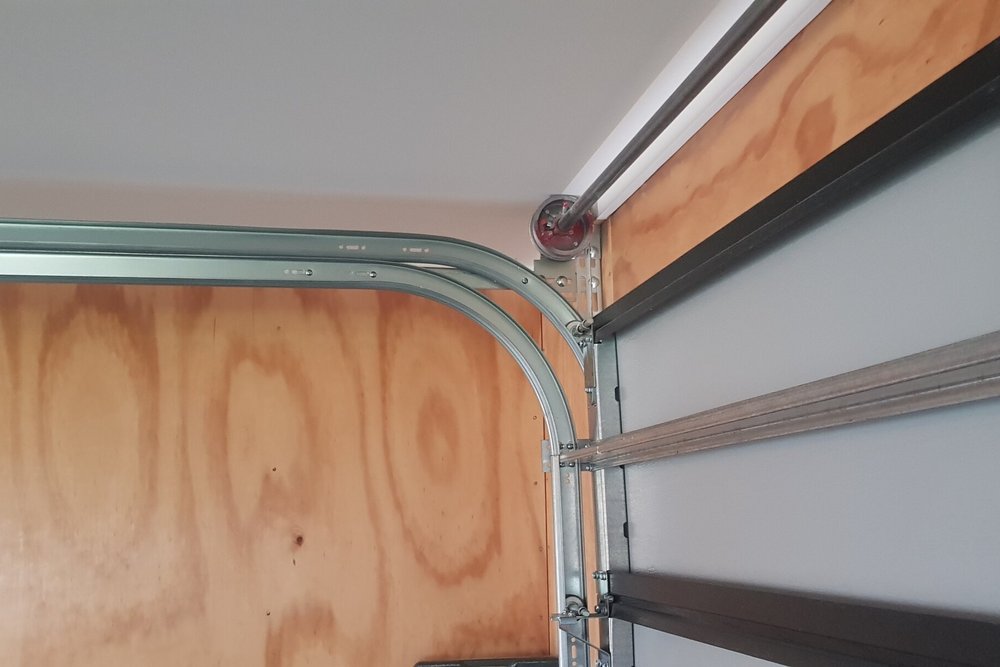When it comes to garage door installations, the term “headroom” plays a crucial role in determining the functionality and aesthetics of the door. Low headroom can pose challenges for garage door installation, but it’s not an insurmountable obstacle. In this informative blog post, we’ll delve into what low headroom means for your garage door, its implications, and the solutions available to ensure a successful installation.
What is Garage Door Headroom?
Garage door headroom refers to the vertical space between the top of the garage door opening and the ceiling or any obstructions above it. This space is essential for the smooth operation of the door, as it accommodates the tracks, springs, and hardware required for the door’s movement.
Low Headroom: Exploring the Implications
- Limited Space for Hardware: In cases of low headroom, there is restricted space for the necessary hardware components, such as tracks and springs, which can impact the door’s movement.
- Reduced Door Height: Low headroom might necessitate a shorter garage door, reducing the door’s height and limiting the size of vehicles that can be accommodated.
- Potential for Binding: Low headroom can increase the risk of the garage door binding or getting stuck during operation, affecting both safety and convenience.
- Aesthetic Concerns: Low headroom can lead to exposed hardware and tracks, which might impact the overall aesthetic appeal of the garage.
Solutions for Low Headroom Garage Doors
- Low Headroom Track Systems: These specialized track systems are designed to maximize the available space, allowing the door to operate smoothly even in situations with limited headroom.
- Vertical Lift System: This system uses vertical tracks that curve back into the garage, maximizing the use of headroom space while maintaining the door’s height.
- High Lift Conversion: Converting to a high-lift system involves modifying the tracks to move the door higher along the wall, creating more headroom for the door to operate.
- Low Clearance Garage Door Openers: Opting for openers with minimal overhead clearance can help accommodate low headroom situations.
Assessing Your Garage’s Headroom
- Measure Headroom: Measure the distance between the top of the door opening and the ceiling or any obstructions. Ensure to account for the tracks and hardware.
- Consult Professionals: If you’re unsure about the available headroom and its implications, consult a professional garage door installer for an accurate assessment.
Low headroom doesn’t have to limit your options when it comes to garage door installations. Understanding the implications and exploring suitable solutions can help you achieve a functional and aesthetically pleasing garage door system. Whether it’s using specialized track systems, vertical lift systems, or high lift conversions, there are ways to work around low headroom challenges. By assessing your garage’s headroom and seeking guidance from experts, you can make informed decisions that result in a garage door that operates smoothly and meets your specific needs.
Contact us at (647) 424-3555

